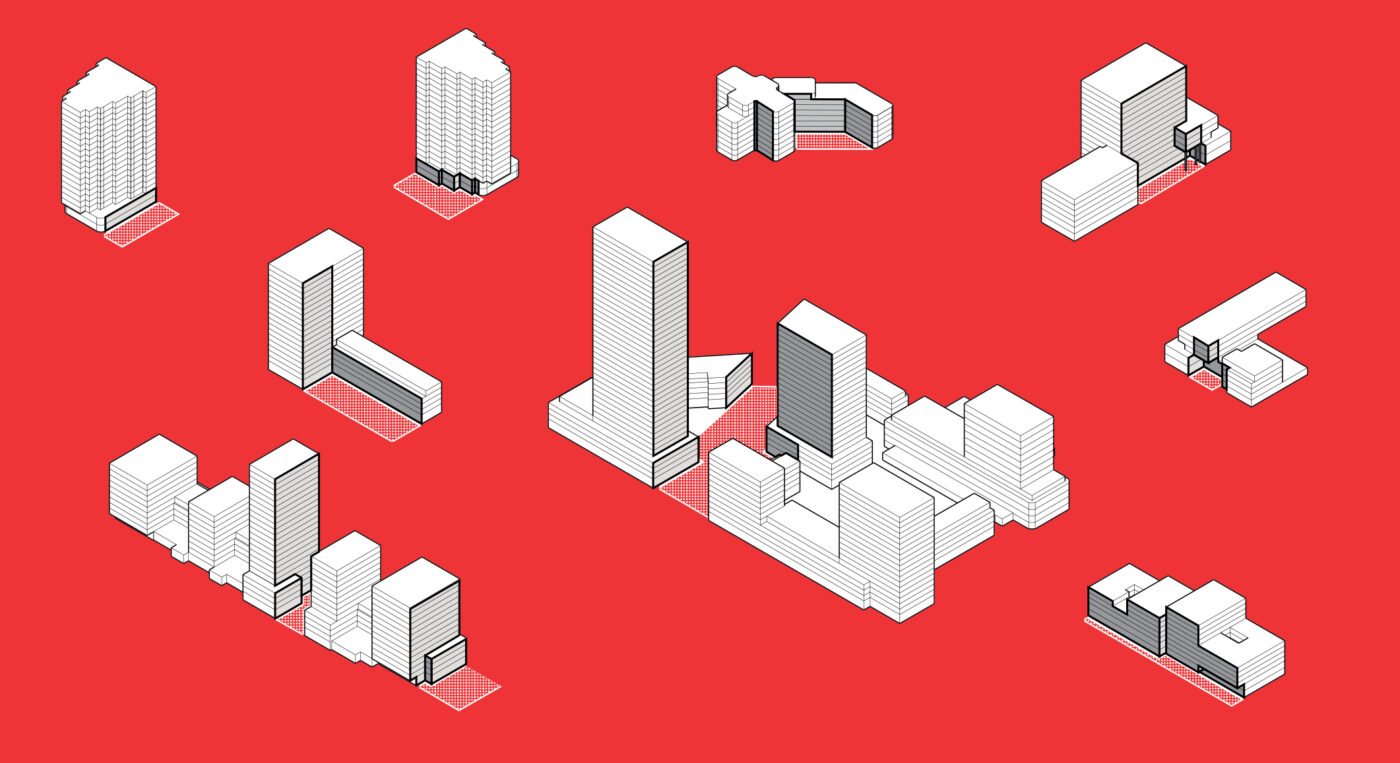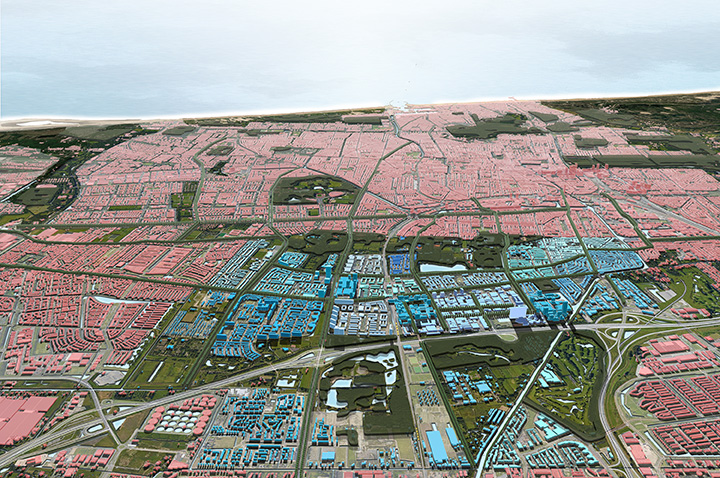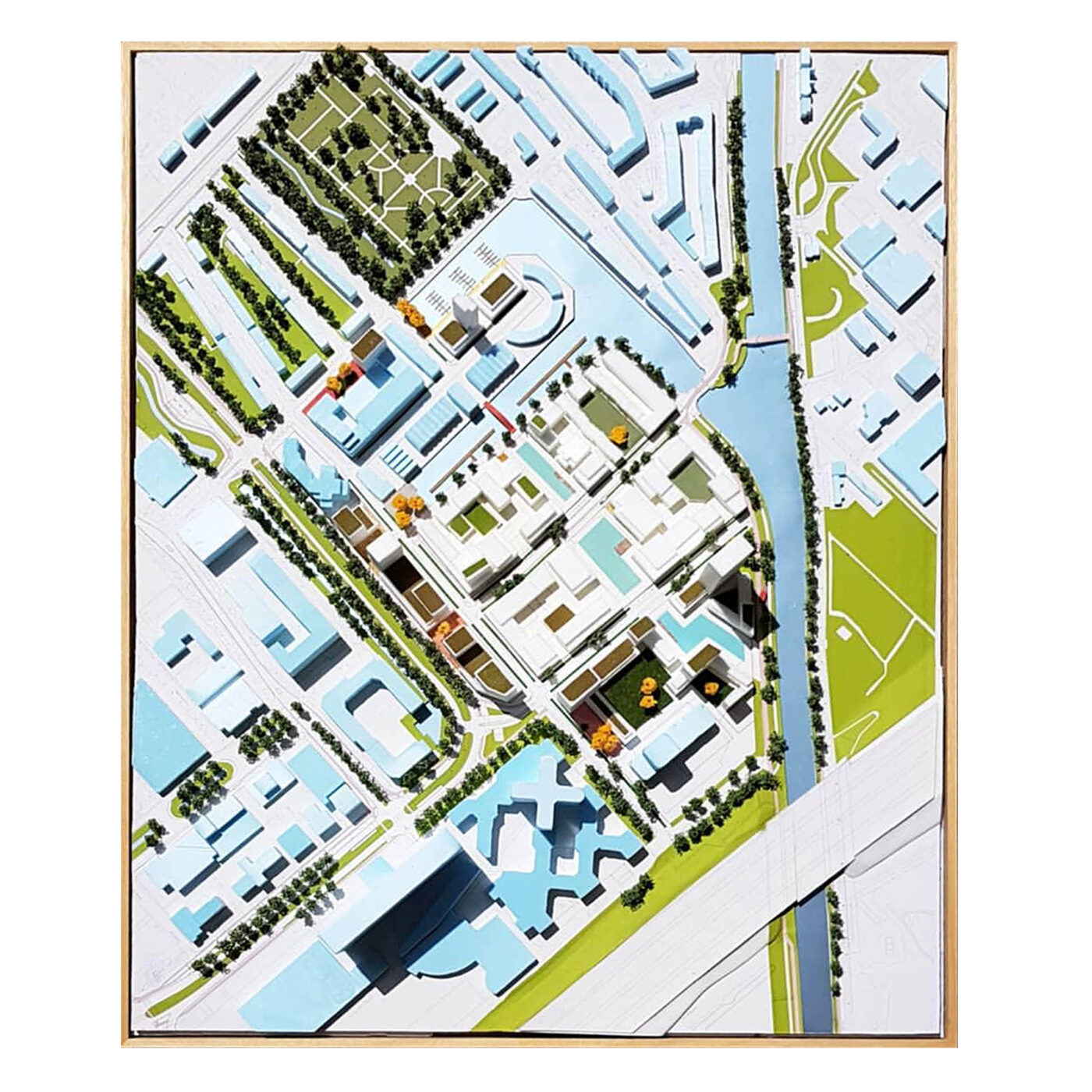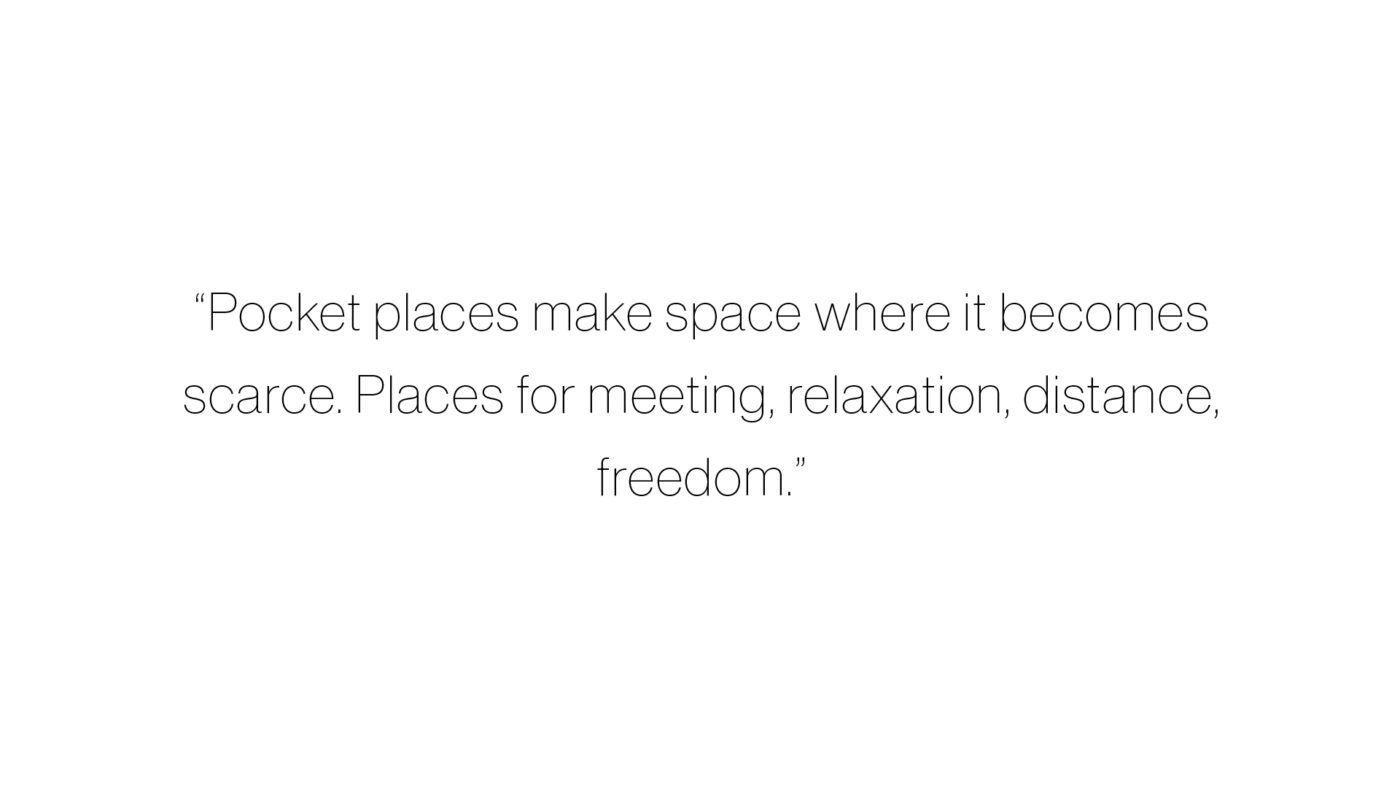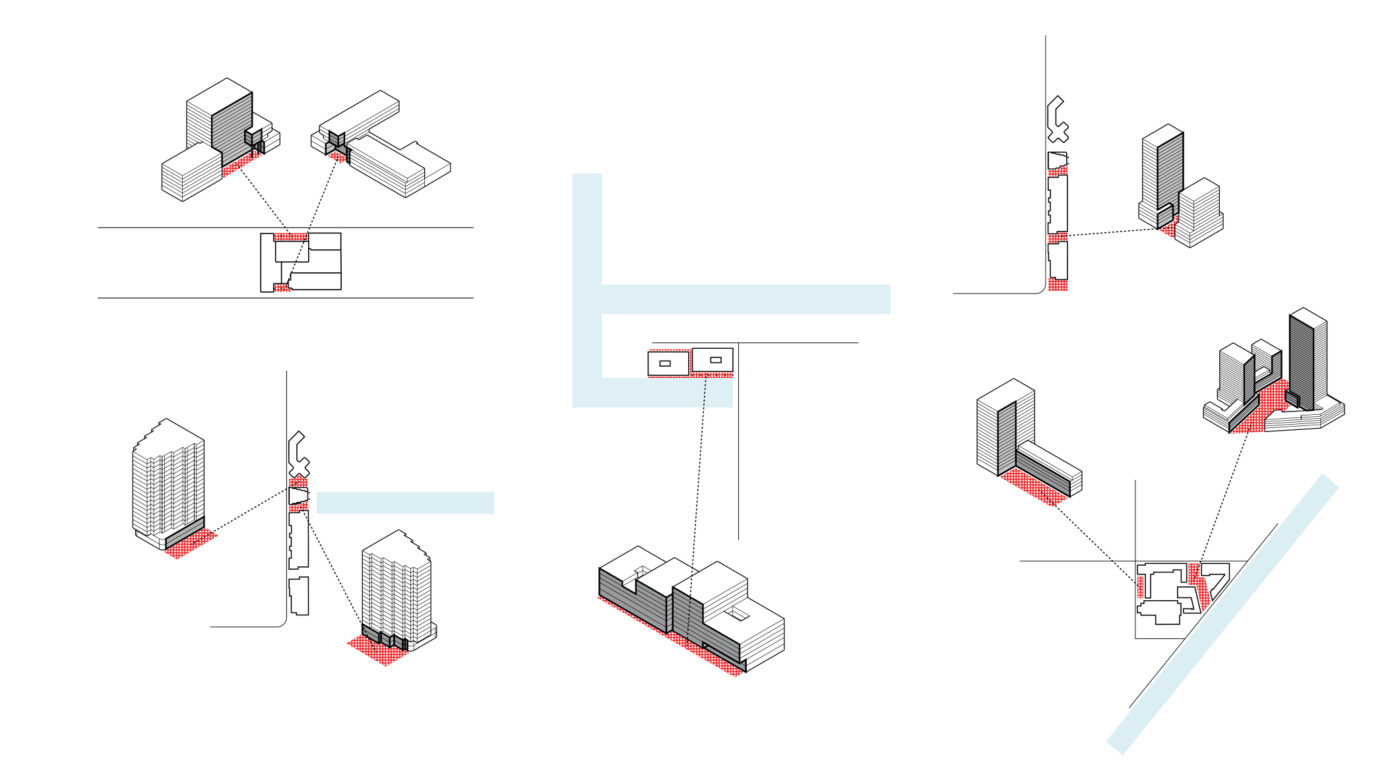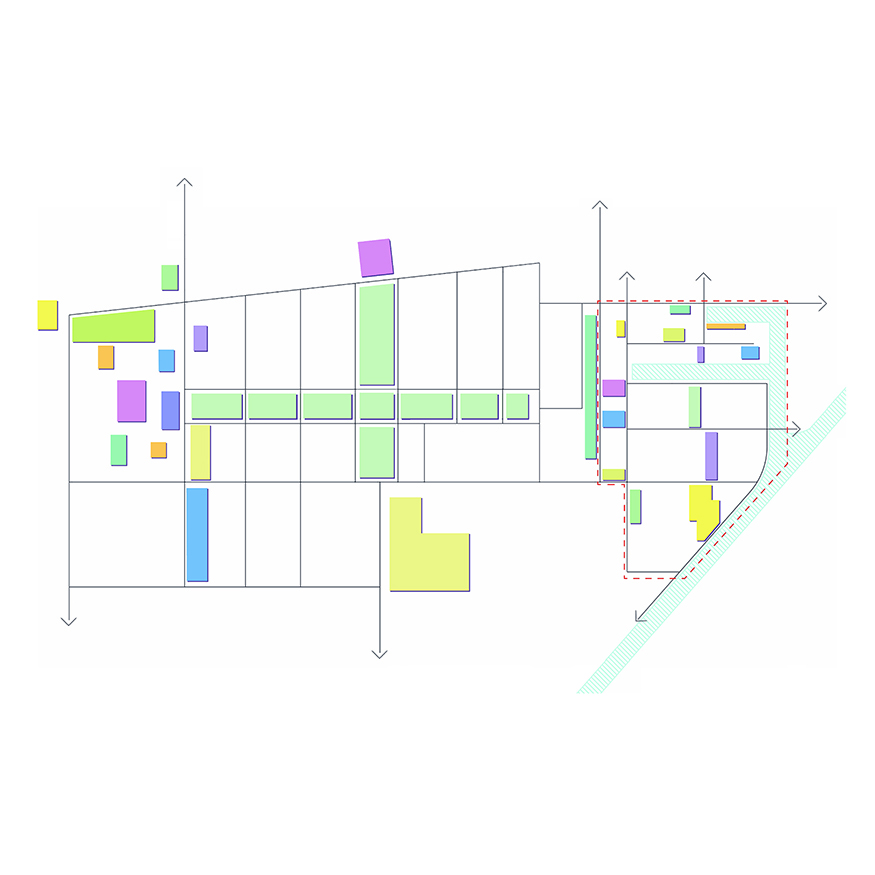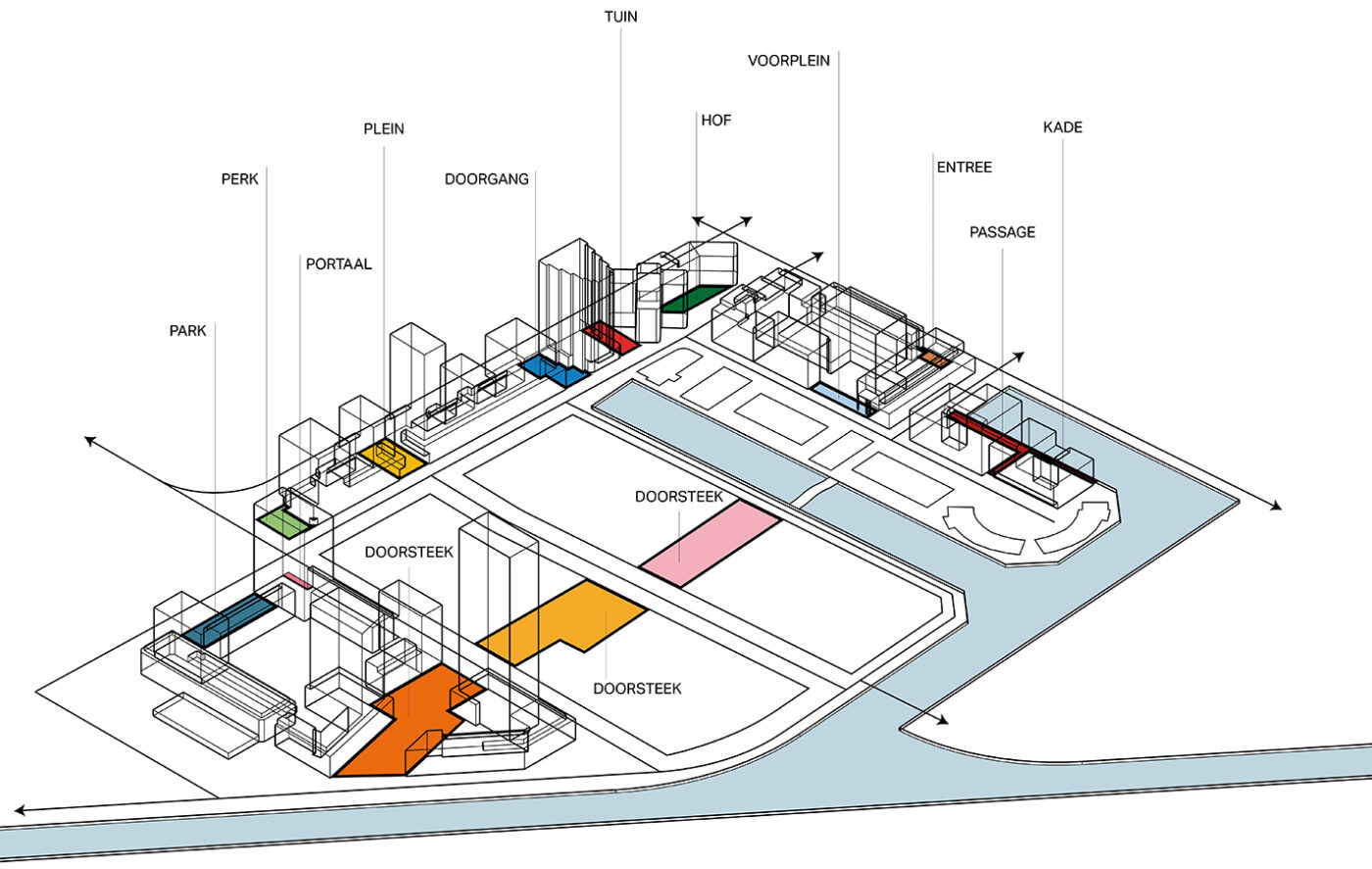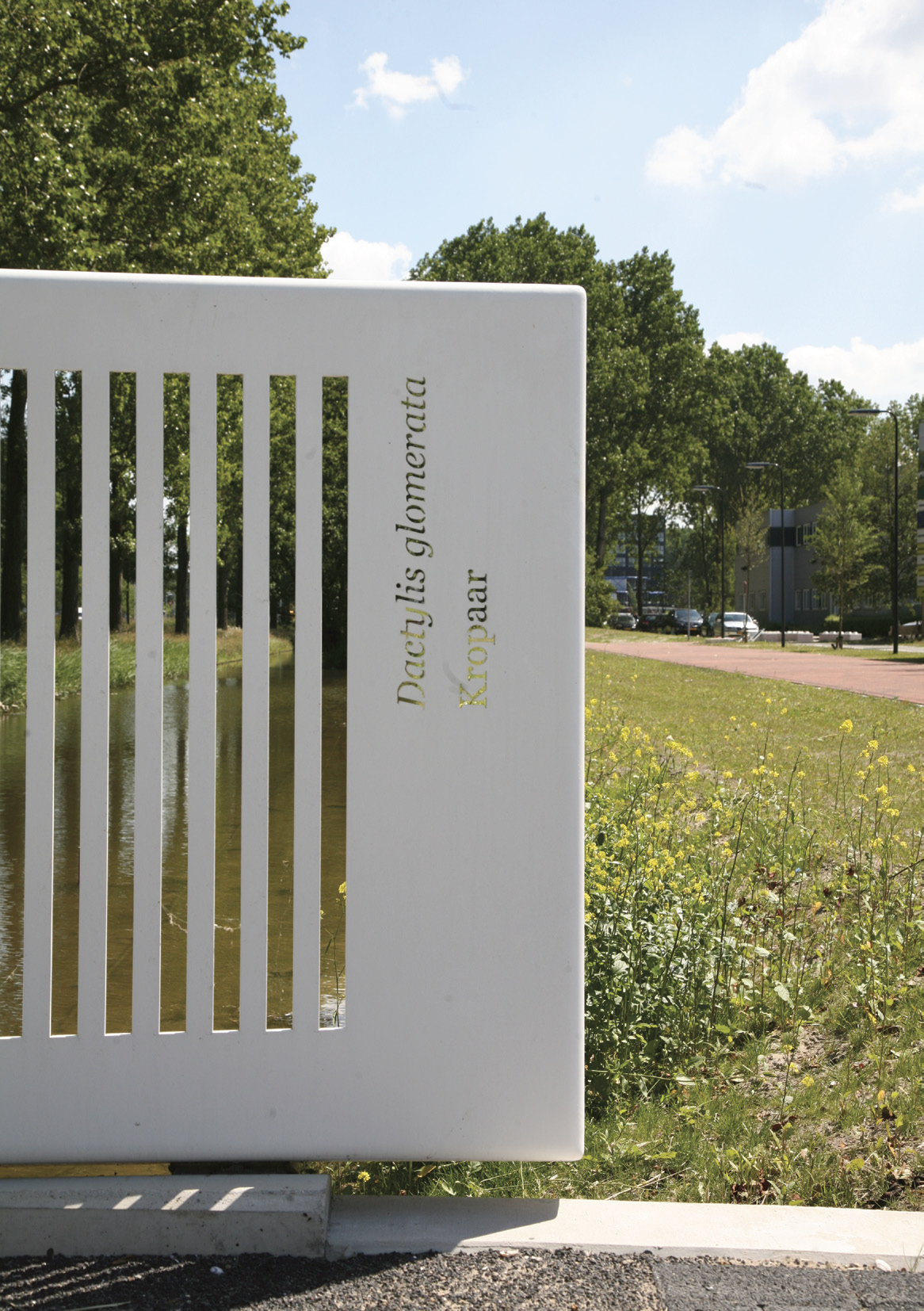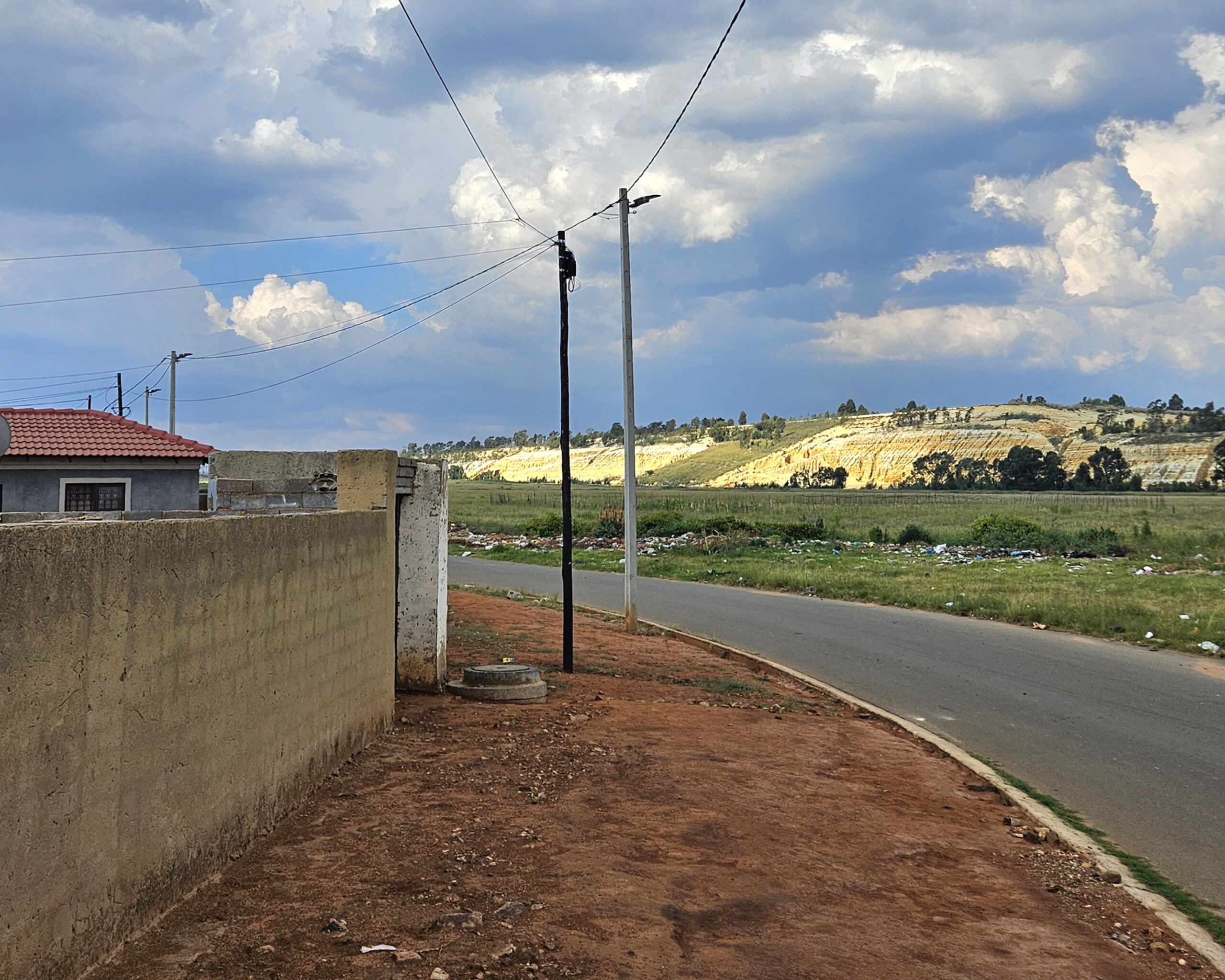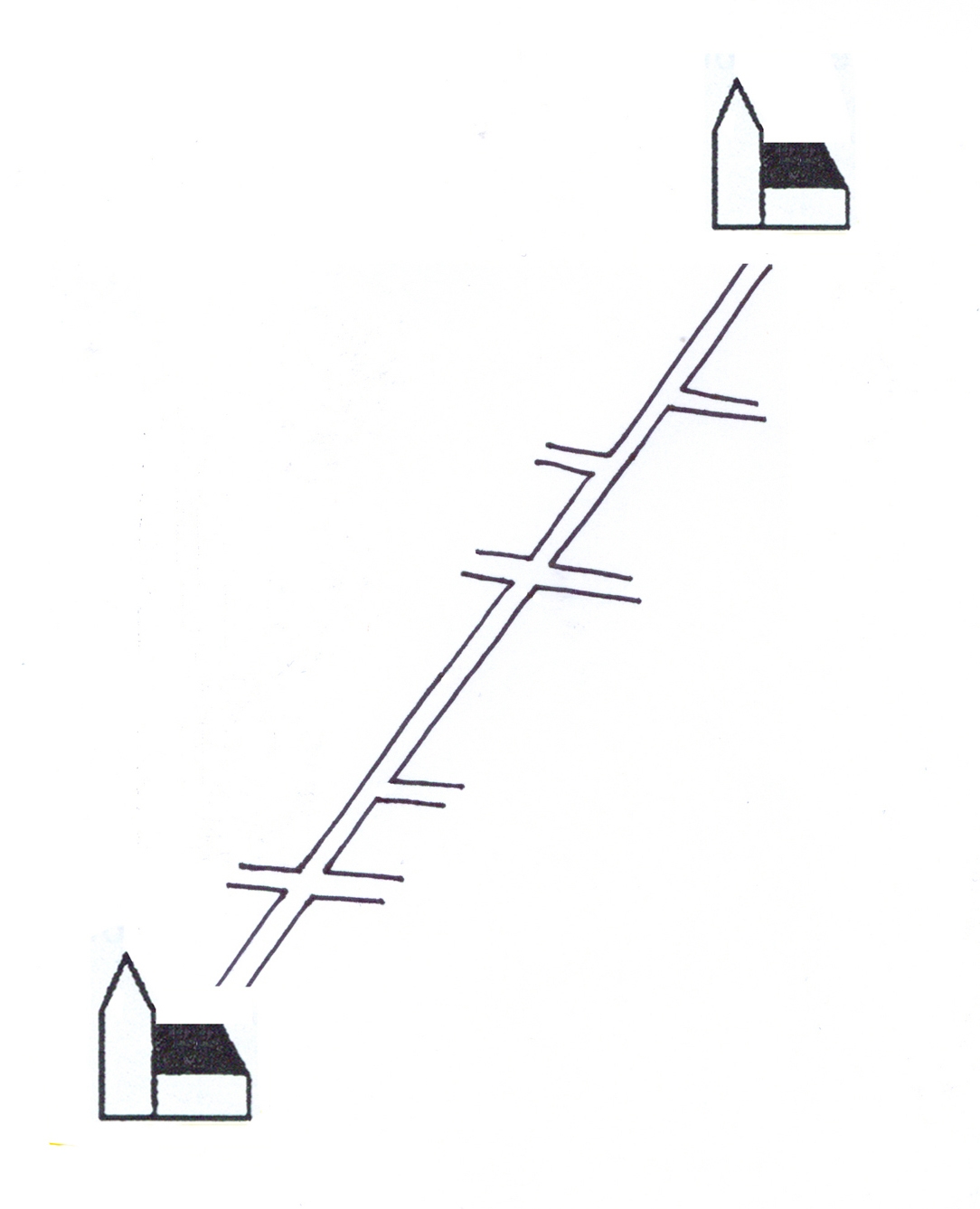More and more Dutch people live alone. In ever smaller apartments built in ever fuller cities. Space is becoming scarcer, while the need for meeting, for outdoor space, for freedom, is only likely to increase precisely because of the shrinking households. Pocket places are an answer in the form of a collective space within residential buildings. An intermediary on the verge to the public space of the city.
Traditionally, Dutch cities have been known for their egalitarian and libertine character. The city belongs to all of us. Living together is the cultural essence of the Dutch society. In this, the public space is the place of everyone and the environment in which everyone can move freely. Buildings, in turn, contribute to the spaciousness of the city. By their obvious presence and pristine openness.
By doing so every generation in architecture reshapes society. Recently, we have seen the emergence of a new type of building in which collectivity is cultivated. With a programmatic mix and sought interaction that should counteract the effects of loneliness and social isolation. With attractive functions on the ground floor, with open entrances, with social contacts.
Pocket places try something different. Pocket place seek the collectivity by empowered by space. Pocket places make space where it becomes scarce. A new form of openness that can cover the need for gatherinf, relaxation, distancing, freedom, etc. The space has many faces. The hypothesis is that these pocket places contribute to the well-being of residents and users in a crowded city as a social design. Pocket places are an enrichment for the urban fabric and a guide in shaping the new Dutch city. Making room for now todays’ and future generations.
The origin of this approach lies in the Havenkwartier in Rijswijk. The transformation of the Port Area into a mixed urban area is accompanied by densification and the addition of approximately 2,500 homes. From a structured, but somewhat coarse physical area with a full focus on (low-quality) activity and logistics, the Havenkwartier will transform into a mixed area with fine-meshed arrangement in which the public space invites residence and diverse use and in which the buildings with a human dimension can absorb differences and have a variety of functions. From no man’s land to place to be. The mixed character of the future area with living next to working, old mixed with new, requires a real public character of the environment. The layout of the outdoor space is therefore a crucial factor in the transformation of the area. All developers surrender 20% land to give back to society. Places, squares and passages that complement the roads, harbour basins and quays. Space provided on the plots enriches the structure of the public space. Every development thus contributes to the structure of the city.
The research on Pocket places aims to influence the current policy with regard to percentages of public space and the integration of open green and ecological structures into the current design framework. The research adds value to what is intrinsically present in the plans and intuitively already has meaning.
